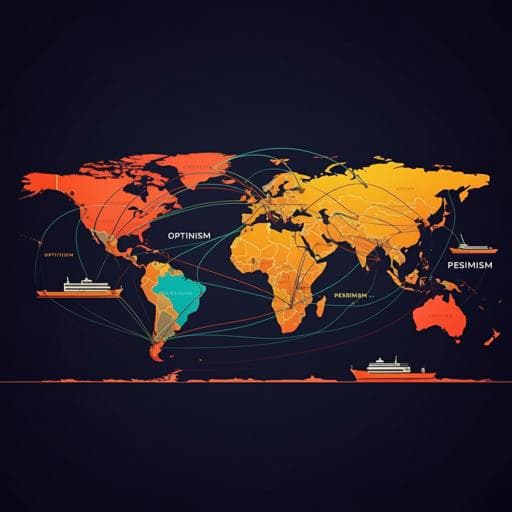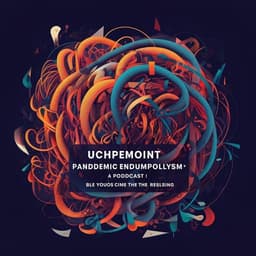
Political Science
Discrepancies in the newsworthiness of maritime security in Chinese and US media outlets: a corpus-based discursive news values analysis
C. Chen and R. Liu
This insightful study by Cheng Chen and Renping Liu explores the contrasting news values in maritime security reporting from Chinese and US media. It uncovers how each society's perspective shapes the portrayal of international interests and threats, revealing a tale of optimism versus pessimism in the realm of security. Don't miss out on the enlightening findings of this compelling research!
~3 min • Beginner • English
Related Publications
Explore these studies to deepen your understanding of the subject.







